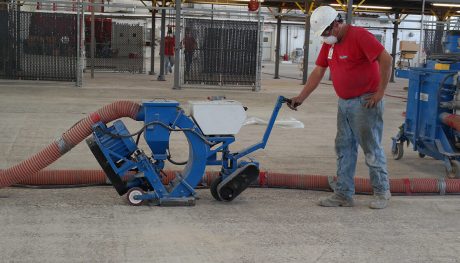
Adequate adhesion of screeds, renders, concrete repairs and floor coatings/ membranes can only be achieved when correct substrate preparation has been carried out. Finishing of concrete and screeds by trowelling, powerfloating or tamping will leave a layer of laitance (a relatively weak layer of hydrated cement) on the surface which must be removed; adhesion to …
Read more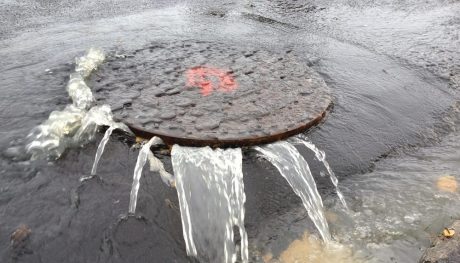
Sustainable drainage systems (SuDS) are a natural approach to managing drainage in and around properties and other developments. Sustainable drainage systems work by slowing water run off from a site, allowing natural processes to break down pollutants. Water draining through SuDS compliant paving may be allowed to flow naturally to groundwater or diverted to a …
Read more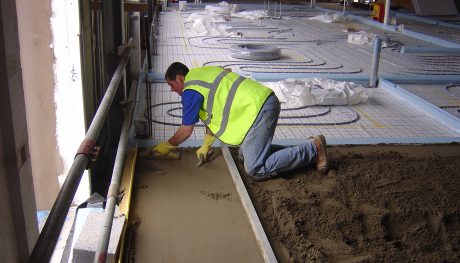
Traditional sand/ cement floating screeds are suitable for application at a minimum thickness of 75mm for heavy and medium duty screed applications (Category A & B) and at a minimum thickness of 65mm for light duty residential use (Category C), see BS 8204-1 Section 6 – Design Considerations for further explanation of floor usage categories. When the overall depth …
Read more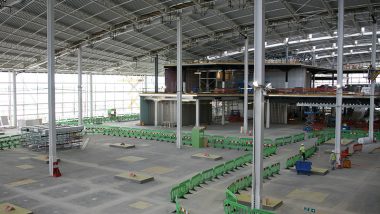
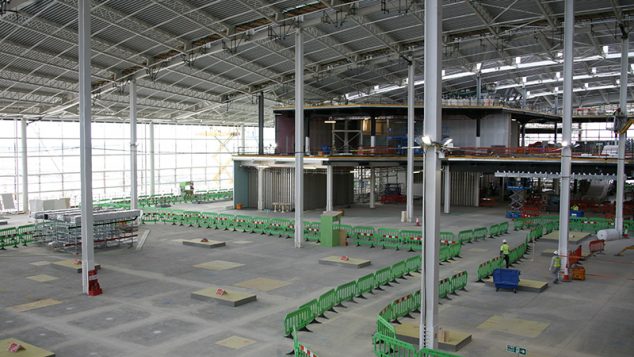
RonaScreed FastDry Prompt – benefits and drying
RonaScreed FastDry Prompt (formerly RonaScreed 8 Day Overlay) is so-called because it is a fast-drying screed additive which enables a 50mm thickness of 3:1 sand/ cement screed to be overlaid with moi ...
Read more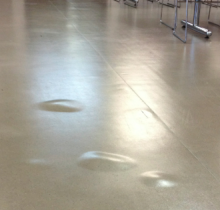
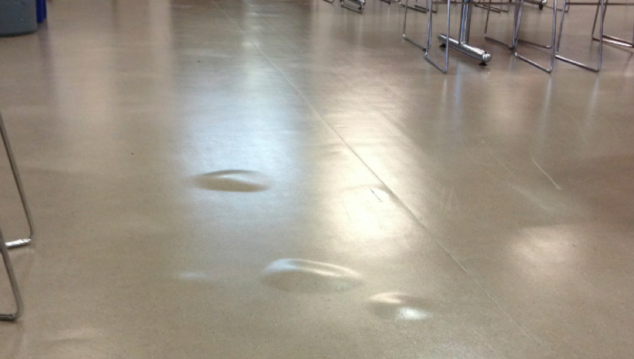
BS 8204-1 “Concrete bases and cementitious levelling screeds to receive floorings — Code of practice” section 6.11.1 suggests the following calculation for drying of screeds with no fast drying additi ...
Read more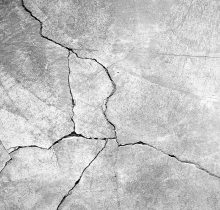
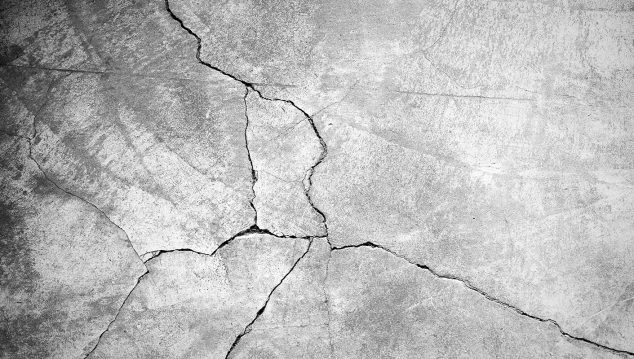
Avoidance/ Mitigation Of The Effects Of Common Forms Of Cracking In Cementitious Screeds
Aggregate is usually 0–4 mm and is mixed with cement in the ratio of 1:3 or 1:4 cement to sand, depending on strength requirements and drying requirements. For total screed thicknesses in excess of 50 ...
Read moreHere to help...